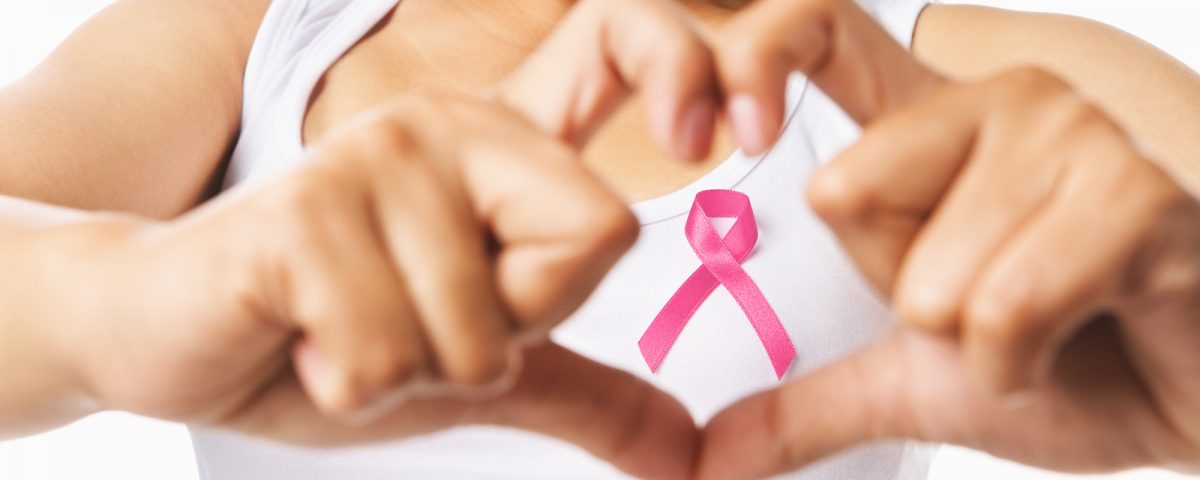Breast Cancer Awareness Month, Top Preventative Measures

Now a well-known campaign, Breast Cancer Awareness Month was founded in 1992, by Evelyn H. Lauder and Alexandra Penney of SELF magazine. This campaign has successfully raised international awareness as well as millions of dollars in funding towards breast health education, research and medical services.
Globally recognized each October, this annual health campaign continues to gain momentum each year. Successful campaigns continue such as the pink ribbon and the Susan G. Komen “Race for the Cure”, which takes place every year in the United States and around the world, have helped make this month a major event global event for the disease.
While there have been many ground breaking discoveries and medical advances in treating breast cancer, the need to continue research and raising awareness is still very relevant today. According to the National Institutes of Health (NIH), breast cancer is the second most common cancer for women in the US. While skin cancer is more common than breast cancer, the latter has a higher fatality rate, second only to lung cancer. In other words, breast cancer prevalence and breast cancer fatality are each one of the highest cancer rates for American women.
So what can each woman do to reduce her chances of breast cancer? While there is only so much we have control over, there are preventative measures women can take to increase their chances of breast health.
Live an overall healthy lifestyle.
This one is a good idea for anyone who wants to increase their chances at a long, healthy life as well as a high energy day-to-day life. Exercise regularly; eat a healthy diet that includes lots of raw vegetables and fruits, be careful to drink alcohol in moderation and don’t smoke. Obesity is another common factor to consider, so try to avoid eating processed and sugary foods. These measures might also help prevent any type of cancer.
Another lifestyle choice that has been proven to reduce the risk of breast cancer is giving birth before the age of 35 and breastfeeding. Though these are not options for all women, if possible it should be considered.
Take a look at your family’s medical history.
If breast cancer runs in your family or if you have an immediate relative who had breast cancer – mother, father (yes, males can get it too), or sibling, you might carry the BRCA 1 or BRCA 2 gene which means you have a higher statistical chance of getting breast cancer. If you have this type of medical history, speak with your gynecologist about early detection testing at a younger age, either by mammogram or ultrasound.
Do not rely on breast self-exams.
According to the Susan G. Komen organization, breast self-exams (BSEs) are not a reliable form of prevention and are not linked with breast cancer survival rates. Talk to your gynecologist about scheduling regular breast exams.
Make breast health a regular part of your body awareness. Take the above recommendations to heart and take actions to reduce your chances of breast cancer, if at not at the very least to be able to catch it at an early stage in order to benefit from its early detection high rate of cure.
Think pink for awareness, education and research!
